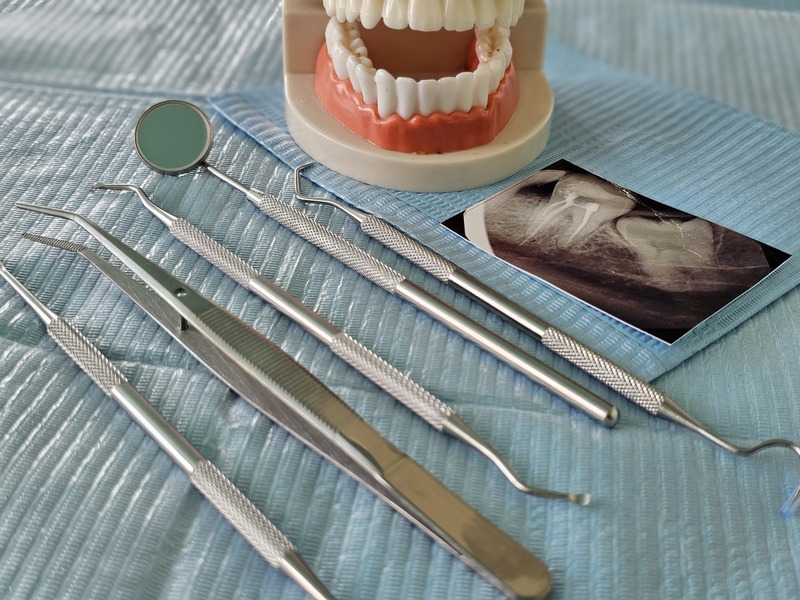Bone grafting might sound a bit daunting at first, but it’s actually a common procedure in dental care. In essence, it’s used to build up or replace bone around teeth. This can be especially important when preparing for dental implants. Curious to know more? Let’s break it down together in a way that’s easy to understand.
Understanding Bone Grafting
Bone grafting is a surgical procedure that uses transplanted bone to repair and rebuild diseased or damaged bone. In dental care, it’s often utilized to enhance bone mass in the jaws. If you’re considering procedures like implants, adequate bone support is critical.
Why Bone Grafting Is Important in Dentistry
You might wonder why this is necessary. Simply put, bone grafting facilitates the integration of dental implants by ensuring there’s enough bone present. It’s not uncommon for people to have insufficient bone due to various reasons, making grafting an essential step for many.
When Might You Need Bone Grafting?
There are several scenarios where bone grafting can be required. Here are some common reasons:
-
After Tooth Extraction: Sometimes, after a tooth is removed, the bone starts to deteriorate. Grafting can help preserve the bone structure.
-
Gum Disease: Severe cases might lead to bone loss, necessitating a graft to restore the area.
-
Trauma or Injury: Accidents leading to bone damage might also require grafting.
The Process of Bone Grafting
Wondering how it’s done? Bone grafting involves the use of your own bone, a donor, or synthetic materials. A small incision is made, and then the graft is placed in the needed area. Over time, your body naturally incorporates it, creating new, strong bones.
Types of Bone Grafts
Bone grafts aren’t a one-size-fits-all solution. They can be customized based on your needs, and here are a few common types:
Autografts
This type involves using your own bone, often sourced from the hips or another part of your jaw. It’s considered very effective since it’s your tissue, minimizing rejection.
Allografts
Derived from a donor source, allografts are processed to ensure they’re safe and effective. It’s a convenient option that avoids the need for additional surgery to harvest bone.
Xenografts
These come from a different species, typically bovine. Due to their availability, many dental professionals consider this option.
Synthetic Materials
Thanks to advancements in dental technology, synthetic materials allow for grafting without the need for a biological donor. They often include calcium phosphates, which can aid in bone growth.
Dental Implants and Bone Grafting
If you’re planning on getting dental implants, bone grafting is often a consideration. Implants require a robust bone foundation, and sometimes the natural structure isn’t sufficient.
Assessment and Planning
Before undergoing a procedure like full mouth reconstruction, dentists perform a detailed examination. They might utilize imaging to view the bone structure and determine the need for a graft.
In some cases, processes such as full mouth reconstruction might necessitate bone grafts, ensuring the best outcomes for implant surgery and other restorative procedures.
What to Expect During Recovery
Recovery from a bone graft is typically smooth, but it’s wise to know what to anticipate.
Immediate Post-Operative Care
Your dentist will provide guidelines such as avoiding strenuous activities and maintaining proper oral hygiene. Discomfort is normal but usually manageable with prescribed pain relief.
Long-Term Healing
Healing can take several months, depending on the graft type and individual health. Your dentist will schedule follow-ups to monitor progress.
Advantages of Bone Grafting
Why consider bone grafting? Here’s what it offers:
-
Enhances the success rate of dental implants
-
Addresses bone loss due to disease or injury
-
Provides structural support for your teeth and face
Many who seek procedures such as bone grafting in Palm Beach, FL, often find it to be a game-changer in achieving the smile they desire.
Is Bone Grafting Right for You?
Determining if bone grafting is suitable depends on individual needs and dental goals. A professional assessment is always the best route to understanding if it’s the right choice for you.
Dental specialists like Mitchell A Josephs DDS offer consultations to explore options tailored to individual situations, guiding you to a healthier and more functional smile.
Common Questions About Bone Grafting
Here are answers to some frequently asked questions to demystify bone grafting further:
1. Is Bone Grafting Painful?
The procedure is performed under anesthesia, ensuring comfort. Post-operative discomfort can be managed effectively.
2. How Long Does the Procedure Take?
It varies based on the complexity, but on average, it might take about 45 minutes to an hour.
3. Will My Insurance Cover It?
Coverage varies widely among insurance providers. It’s best to check with them directly to understand your benefits.
Final Thoughts
Bone grafting offers numerous benefits and may seem daunting, but with the right information and a supportive dental team, it’s entirely manageable. Understanding the process and its importance can help you make an informed decision if this procedure aligns with your dental care needs. Always consult with your dentist to ensure it’s the right path for your unique situation.
